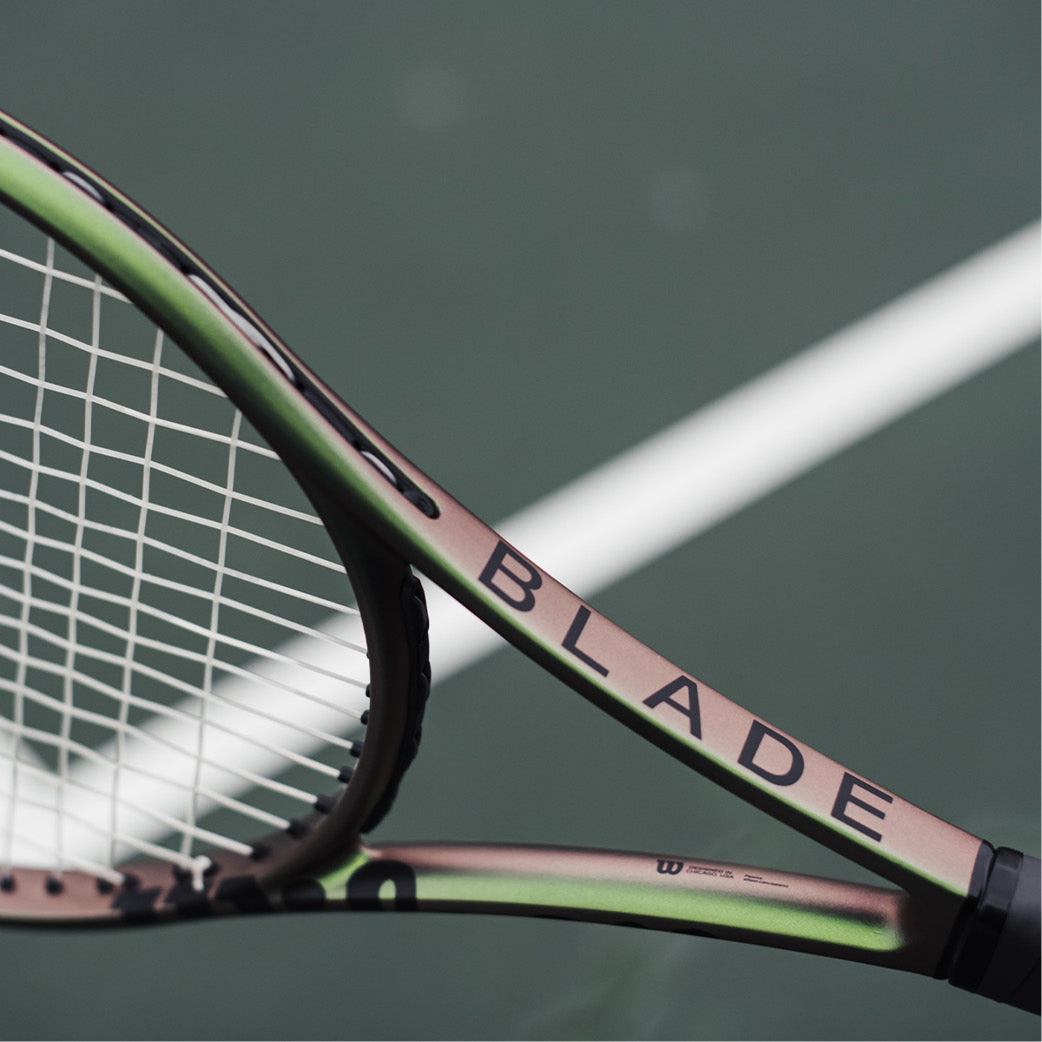
The first Championship was played in 1877.
The All England Croquet Club, Wimbledon, introduced a then-infant sport of lawn tennis to its members in 1875, and within two years, such was its popularity, a first gentleman’s single competition was held two years later. It was a fairly modest affair: it was contested between just 22 entrants, each paying a guinea to enter; a wooden-plank stand offered seating for 30 spectators; the rackets resembled snowshoes in shape and weight; and the balls were hand-sewn with flannel outer casings.Spencer Gore became the first champion.
In front of a crowd of 200, the Wimbledon local beat William Marshall 6–1, 6–2, 6–4 on 19 July 1877; with matches spread over five days, the final scheduled for the Monday, Gore had to wait out four days of rain delays before he could clinch his title. Also a first-class cricketer, Gore was an innovator, the 27-year-old being the first to use the technique of volleying. He failed to defend his title the year after, losing to Frank Hadow, the eventual winner of the 1878 title.The first ladies’ championship was played in 1884.
With the Championship proving a success, the tournament was expanded to include men’s doubles and ladies’ singles – although the All England Club had turned down requests to include a ladies’ singles event on several occasions before, they eventually surrendered to popular demand. The competitions were not played on an equal footing, however; the women were only permitted to play once the men’s competition had been completed, and their entrance fee of 10 shillings and sixpence was exactly half that of the men’s fee.Sisters Lilian and Maud Watson contested the women’s final.
Thirteen entrants played for a silver flower basket ‘valued 20 guineas’, and it was the Warwickshire-born Watson sisters who made it to the last dance. 19-year-old Maud beat her sister in three sets to become Wimbledon’s first-ever women’s champion, and showed her victory was no fluke by winning again in 1885.Lottie Dodd dominates the stage.
In 1887, Watson met her match as Charlotte ‘Lottie’ Dodd won her first Wimbledon singles crown at just 15 years old – a record for the youngest ever Wimbledon winner which stands to this day. It was her first of four titles, winning on every occasion she entered, and dropping just one set in her whole Wimbledon career. An incredible multi-sport athlete, Lottie also won the Ladies Amateur Golf Championship in 1904, helped set up the England women’s national hockey side and won silver at the 1908 Olympic games in archery.William Renshaw wins his first title.
Known as the founding father of tennis, Renshaw won his first of seven Wimbledon titles – six of which came consecutively – in 1889, a catalyst for a massive rise in interest in the sport. His seven titles were a record that stood for over a century, only finally broken in 2017 when Roger Federer won his eighth to surpass Renshaw and American Pete Sampras. With his twin, Ernest, the Renshaws also dominated the doubles game, winning five Wimbledon titles as a pairing. By the late 19th century, crowds were up in the three thousands.The first overseas winners.
American May Sutton, who won the ladies’ singles in 1905, became the first non-British champion, with Norman Brookes of Australia matching her achievement in the men’s singles two years later. Since that year, only three men’s players from Great Britain, Arthur Gore, Fred Perry and Andy Murray have managed to win the men’s singles, while there have been five British ladies’ champions, Kitty McKane Godfree, Dorothy Round, Angela Mortimer, Ann Jones and Virginia Wade.The All England Club moves to Church Road.
With the popularity of players such as Frenchwoman Suzanne Lenglen, the post-WWI star of the tennis world who won the first Wimbledon treble (the singles, doubles and mixed doubles titles) in 1920, the club was forced to move to larger grounds at Church Road. A capacity stadium of 13,500 was completed in time for the 1922 Championship, and the grand new Centre Court, still on the same site today, was opened by King George V.Fred Perry goes back-to-back-to-back.
Winning three titles between 1934-1936, all in straight sets, Perry ended 25 years of hurt as he became the first British men’s singles winner in a quarter of a century. It had been a long wait, but longer still would be the wait for next British man to lift the Wimbledon title – 77 years to be exact, when Andy Murray beat Novak Djokovic in 2013. The 1930s also brough the first BBC broadcast of the tournament, now the longest running outside broadcast event in the world.Wimbledon goes Open in 1968.
For the first time, the Wimbledon Championships were open to professional tennis players, bringing back from the wilderness some of the biggest names in the sport, including the likes of Rod Laver, Pancho Gonzales and Ken Rosewall. In the men’s singles it was an all-Australian final where Laver faced Tony Roche, winning 6-3, 6-4, 6-2 and claiming the £2,000 prize money. In the ladies' singles, American Billie Jean King won for a third year running.

Wade wins in centenary year.
Britain’s Virginia Wade brought wild celebrations to centre court as she claimed a home title exactly 100 years after the championship had first begun. At 31, despite making the semi-finals the year before, the belief was that Wade was past her best. Yet, after beating two-time champion Chris Evert in the semi-final, Wade strode to victory with a straight sets win over Betty Stove in the final to claim the Venus Rosewater Dish.
Navratilova wins record ninth title.
Beating Zina Garrison in straight sets in the 1990 final, the iconic serve and volley of the Czech-American saw her become the most decorated Wimbledon singles player in history, men’s or women’s, a record that remains to this day. After six consecutive triumphs between 1982 and 1987, the challenge of Steffi Graf had made her wait for the record, but Navratilova came back and secured her place in tennis history. Graf, meanwhile, would go on to dominate the 90s along with Pete Sampras in the men’s, who both finished their careers with seven titles each.

The Williams sisters.
Despite improbable backgrounds, the noughties at Wimbledon were dominated by two Compton-born sisters, Venus and Serena. Venus, aged 20, was the first to triumph at the All England, beating Lindsay Davenport in 2000. She backed it up a year later before her sister got in on the action, beating Venus 7-6 (7-4), 6-3 for her first in 2003. Overall, between 2000-2010, both Venus and Serena won four titles each, a run broken only by a 17-year-old Maria Sharapova in 2004 and Amélie Mauresmo in 2006. However, Serena, would eventually surpass her older sister with seven Wimbledon wins.
The greatest match ever played?
The 2008 final between Rafael Nadal and Roger Federer is, for many, the greatest tennis match ever played. A mammoth five-set contest with both at the peak of their powers, Nadal took the first two sets 6-4 before Federer roared back, even saving championship points in the fourth set to level the match at 2-2. A dramatic fifth set that could have swung either way eventually saw Nadal emerge as a 9-7 winner, breaking Federer’s streak of five consecutive Wimbledon wins.




